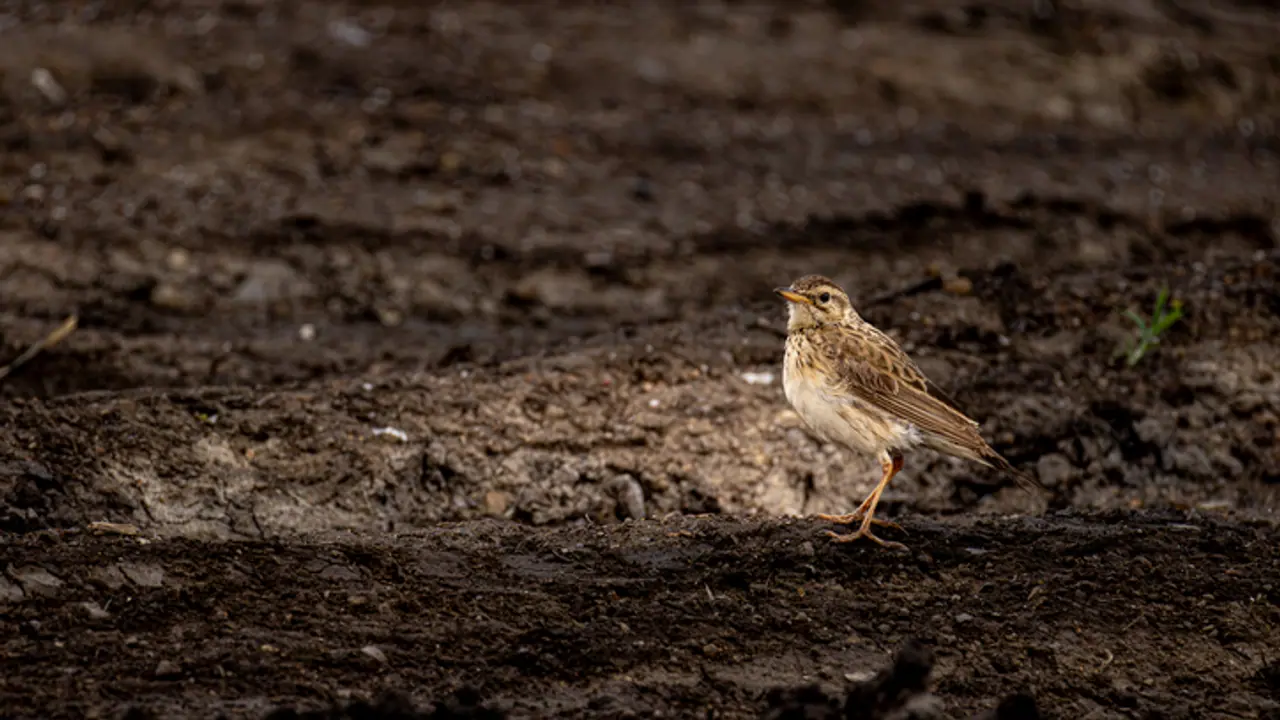A new study shows that even highly mobile bird species are unable to migrate fast enough to escape rising temperatures caused by climate change. This puts many birds at risk and threatens delicate ecosystems.
As global temperatures continue to rise, birds, once thought to be highly adaptable due to their ability to fly long distances, are struggling to escape the growing heat. A new study by Yale University reveals that even birds capable of migrating across entire continents are not moving fast or far enough to stay within their ideal temperature zones.

Birds are vital to ecosystems, but their numbers are falling
Birds play a key role in maintaining healthy ecosystems by spreading seeds, pollinating plants and controlling insect populations. When number of birds drops, the effects ripple across entire ecosystems. Climate change is now threatening many bird species, reducing their populations and disrupting the balance of nature.
New research shows birds can’t migrate fast enough
The Yale study tracked 406 bird species across North America using 20 years of data. Researchers looked at whether birds were able to shift their habitats to escape rising temperatures. They found that while some birds tried to move to cooler areas during summer, the continent as a whole warmed faster than the birds could relocate.
On average, birds shifted 40 to 50 miles north or to higher elevations, which helped reduce the heat they experienced by about 1.3°C. However, this wasn’t enough. Their new homes were still 1.35°C warmer than their original habitats two decades ago.
Winters pose an even greater challenge
Winter temperatures increased by an average of 3.7°C in bird habitats over the last 20 years. Yet, birds’ winter movements reduced this rise by less than half a degree. In short, they are unable to escape the extreme changes in temperature, even in colder months.
Why some birds don’t migrate
While around 75% of bird species moved northward or uphill, their movements were inconsistent. Different age groups and genders moved at different rates, and many birds ran into barriers like cities, farmland, or mountains.
Some species don’t migrate at all. They are tied to very specific habitats and face competition if they try to move. These birds, especially in desert areas, are forced to endure rising temperatures with very limited options for escape.
Time to rethink bird protection strategies
Experts say the findings don’t mean all birds are doomed, but they do show that current conservation efforts might fall short. Simply protecting traditional breeding grounds may no longer be enough if those areas become too hot for birds to survive.
Researchers recommend the following steps:
Protect safe migration paths: Ensure birds can move gradually to cooler regions.
Bird-friendly cities: Add more green spaces and make buildings safer for bird movement.
Tackle climate change at its root: Reducing greenhouse gas emissions is the most effective long-term solution to help birds survive.
A call to action
The Yale study highlights the urgent need to address climate change not just for humans but for wildlife too. Helping birds adapt by protecting habitats and cutting emissions is crucial to maintaining a healthy and diverse planet.


